This Battery Runs On Thin Air

If you want to see the future of the electric car, you have to go back a hundred years. In 1900, over a quarter of all new automobiles ran on battery. City cars? Around a third of the buggies of Chicago, Boston, and New York City were electric. They were decimated by cars running on smelly and flammable gasoline, because people wanted to drive fast and long distances. Hundred years later, little has changed. Ten to 20 years from now, something might change.
“Electric cars today typically can travel only about 100 miles on current battery technology, called lithium-ion (LIB). LIB technology stands little chance of being light enough to travel 500 miles on a single charge and cheap enough to be practical for a typical family car. This problem is creating a significant barrier to electric vehicle adoption.”
This is a quote from a group of researchers at IBM, and it is putting the problem mildly. In an electric car, the devils called cost, range, and weight are fighting each other, and nobody is winning. The IBM researchers think they know the way out. They are working on a battery that has the same energy density as gasoline.
In other words: A battery the size of a current gas tank will get us as far as a current tank of gas.
IBM’s lithium-air battery literally pulls energy out of thin air. It borrows oxygen from the air. Combined with lithium, electrical energy is created. When the battery is recharged, the borrowed oxygen is being paid back to the atmosphere. The battery can be much lighter, because it uses air as its most important component.

Bertel Schmitt comes back to journalism after taking a 35 year break in advertising and marketing. He ran and owned advertising agencies in Duesseldorf, Germany, and New York City. Volkswagen A.G. was Bertel's most important corporate account. Schmitt's advertising and marketing career touched many corners of the industry with a special focus on automotive products and services. Since 2004, he lives in Japan and China with his wife <a href="http://www.tomokoandbertel.com"> Tomoko </a>. Bertel Schmitt is a founding board member of the <a href="http://www.offshoresuperseries.com"> Offshore Super Series </a>, an American offshore powerboat racing organization. He is co-owner of the racing team Typhoon.
More by Bertel Schmitt


















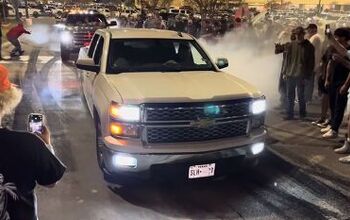

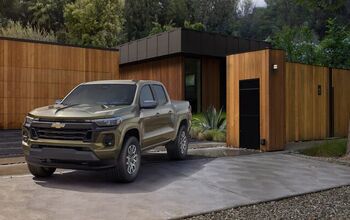
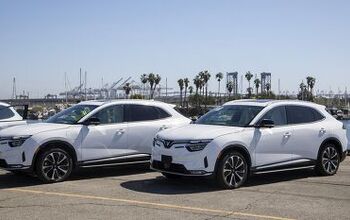
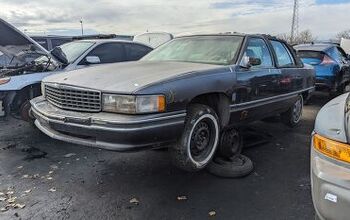
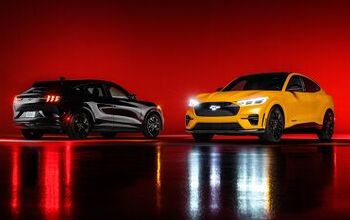



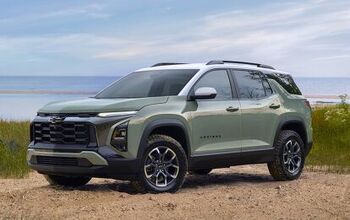
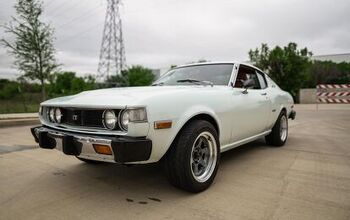
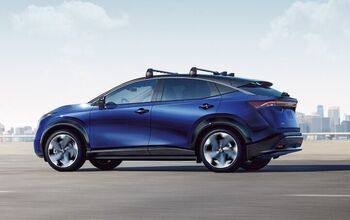
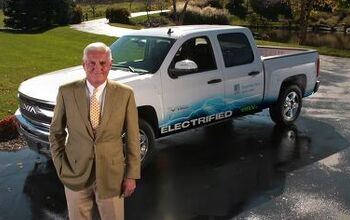
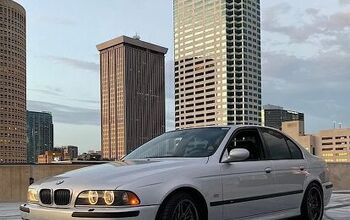
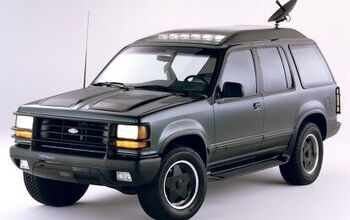
Comments
Join the conversation
Does anyone know how long it takes to recharge one of these? 500 miles range is a big improvement but, if takes more than 15 minutes to recharge then I'll keep one gas powered car for our yearly trip to Florida (1200 miles).
Soon to follow - turbocharged batteries, which would be actually awesome.
Availability between 2020 and 2030 - this is like reading Popular Science. Back in 1970, we were going to be driving turbine- or atomic-powered cars by 1985. If battery technology can only get us 500-mile range by then, EVs will be dead and the market will have moved on to something else. Consumers won't be so patient. Of course, such technology leaps are rarely associated with price, which is anyone's guess. I smell a taxpayer-funded subsidy coming when this is ready for a production vehicle.
It won't happen. Lithium is far too dangerous to handle as simple element. It is a chemical cousin of sodium and potassium. As you may recall from high school chemistry, they will not only burn in air, but if they are in contact with water they will reduce the water, becoming an oxide and freeing the hydrogen and a lot of heat, which will create a tremendous opportunity for an explosion. Get past that set of issues and there is the fuel cell system that will turn the chemical reaction into electricity. Hydrogen fuel cells rely on platinum catalysts. Platinum is more expensive than gold and is rarer. Of course the Lithium is a lot less common than coal, oil and natural gas. Then there are recharging problems, the first one being that all recharging is limited by the inbound flow of current. The fundamental law is that Watts = Amps x Volts. Therefore, an ordinary household line of 120 volts at 15 Amps, can charge a battery at a maximum rate of 1.8 KWh/h. If an electric car requires 1 KWh to travel 5 miles (and 3 is more like it), then you are charging at the rate of 9 mph. A dryer line 240V 30A, can make road speed -- 36 mph. but, even that line would need almost 14 hrs. to charge a 100 KWh battery. Home at 6 p.m. for dinner -- don't leave for work until after 8 a.m. nice schedule huh? It would also be nice to find out how they can reduce the lithium Oxide to metallic Lithium with out running industrial temperatures, or risking fire and explosion. Electric car people. Give up. You are wasting our time and the governments money. You lost out a century ago. It is over. Go home.